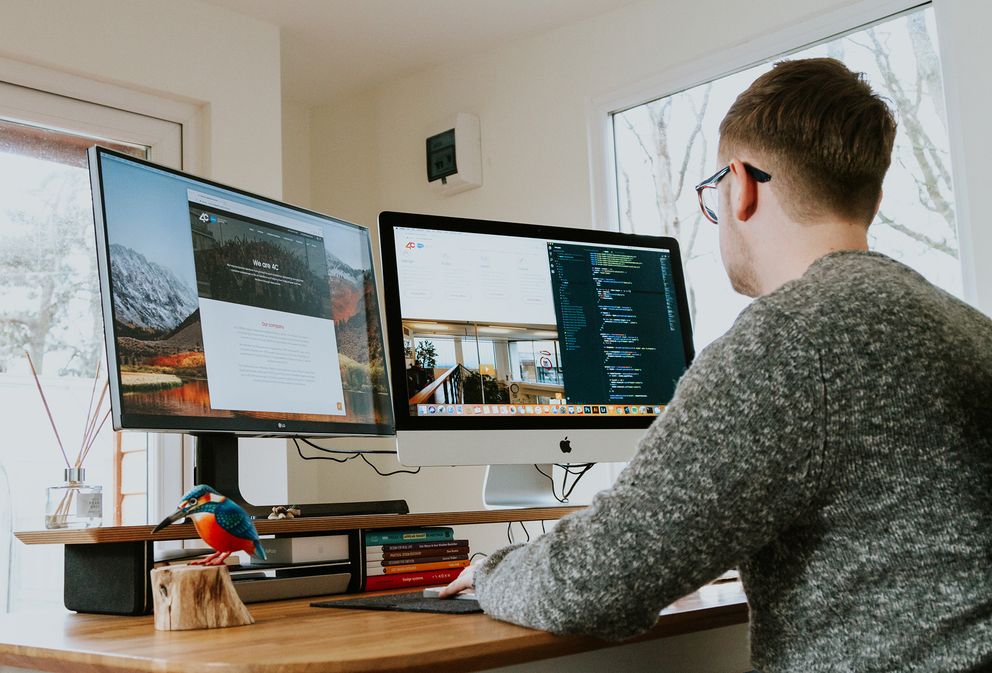
In the digital age, a user's experience on a website can make or break their engagement with a brand or facility. As more and more interactions move online, creating a positive user experience has become essential for businesses looking to attract and retain customers. This is especially true for facilities such as gyms, spas, hotels, and event venues, where the website serves as a gateway to the physical space.
By investing in facility web design, businesses can unlock the potential of user experience and enhance engagement with their target audience. If you are looking for a web design facility then you may navigate to this website.
The Importance of User Experience in Facility Web Design
Why is user experience crucial for facility websites?
- User experience plays a vital role in shaping visitors' perceptions of a facility.
- A well-designed website enhances usability and makes it easier for visitors to find information.
- Positive user experience can lead to increased engagement, higher conversion rates, and improved brand loyalty.
Key elements of user experience in facility web design
- Intuitive navigation: Easy-to-use navigation menus and clear information architecture help visitors find what they need quickly.
- Responsive design: Websites that adapt to different screen sizes provide a seamless experience across devices.
- Accessible content: Ensuring that content is readable and understandable for all users, including those with disabilities.
- Visual appeal: A visually appealing design can capture visitors' attention and make a positive first impression.
Enhancing Engagement Through Facility Web Design
How does facility web design impact user engagement?
- Engaging visuals: High-quality images and videos can showcase the facility's amenities and create a desire to visit in person.
- Compelling content: Clear and concise messaging can convey the facility's unique value proposition and encourage visitors to explore further.
- Interactive features: Features such as virtual tours, booking widgets, and live chat support can enhance user engagement and facilitate conversions.
Measuring engagement on facility websites
- Key performance indicators (KPIs) such as bounce rate, time spent on site, and conversion rates can help track user engagement.
- User feedback tools, such as surveys and heatmaps, can provide valuable insights into how visitors interact with the website.
- A/B testing different design elements and features can help optimize user engagement over time.
Best Practices for Facility Web Design
What are some best practices for designing facility websites?
- Mobile optimization: Ensure that the website is optimized for mobile devices to cater to the increasing number of users browsing on smartphones and tablets.
- Fast loading times: Optimize images and code to improve loading times and prevent visitors from leaving due to slow performance.
- Clear calls to action: Use prominent calls to action to guide visitors towards desired actions, such as booking a reservation or requesting more information.
- Consistent branding: Maintain consistency in brand elements such as colors, fonts, and messaging to reinforce brand identity and build trust with visitors.
Case study: The impact of user experience on facility engagement
One example of a facility that has successfully leveraged user experience to enhance engagement is a luxury spa resort. By implementing a responsive design, intuitive navigation, and compelling visuals, the resort's website saw a 20% increase in online bookings within the first month of the redesign. User feedback indicated that visitors found the new website more user-friendly and visually appealing, leading to a higher level of engagement and conversion.
Overall, investing in facility web design to optimize user experience can have a significant impact on engagement, conversion rates, and brand perception. By focusing on key elements such as navigation, responsiveness, accessibility, and visual appeal, facilities can create a positive online experience that encourages visitors to explore further and ultimately take action.